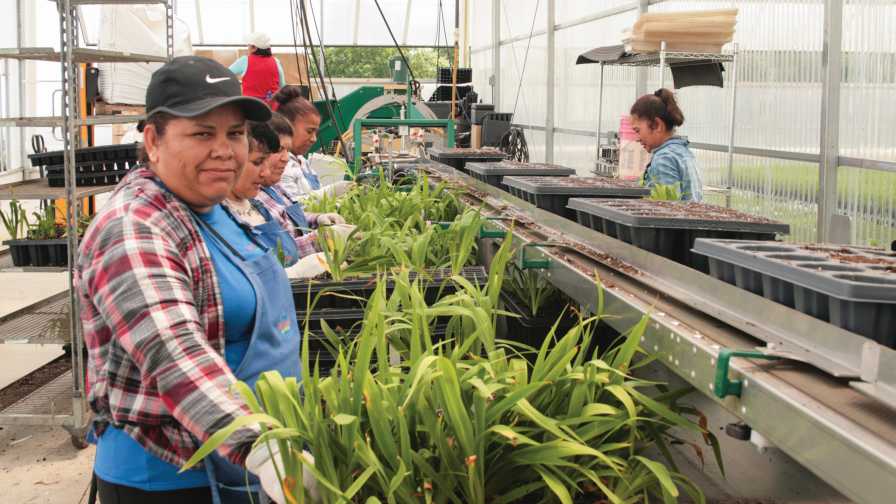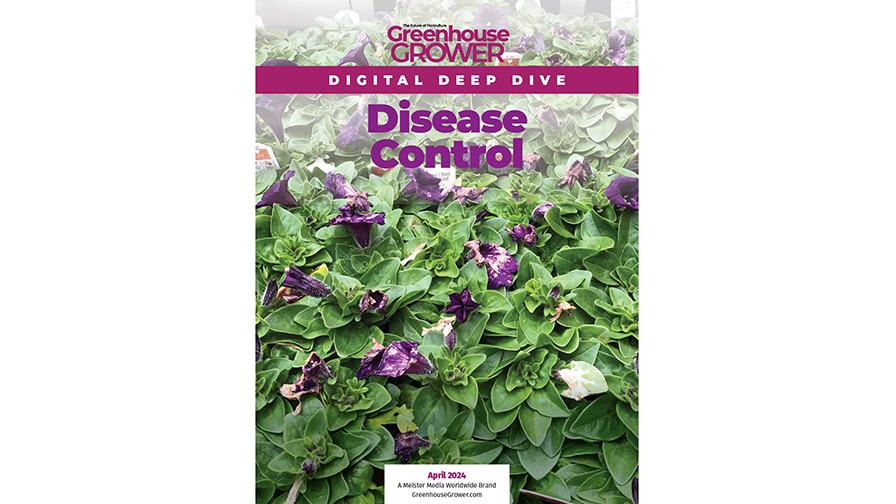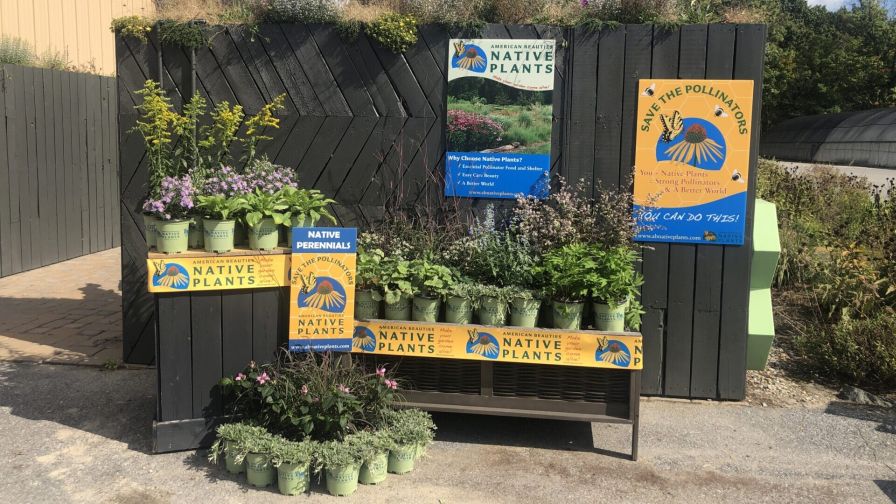White House Task Force Releases Pollinator Health Strategy
 An interagency Pollinator Health Task Force commissioned by President Obama released its “Strategy to Promote the Health of Honey Bees and Other Pollinators” on May 19. The strategy, released in accordance with the Presidential Memorandum issued last June, is accompanied by a Pollinator Research Action Plan, which outlines needs and priority actions to better understand pollinator losses and improve pollinator health. The recommended actions will be supported by a coordination of existing federal research efforts and accompanied by a request to Congress for additional resources to respond to losses in pollinator populations.
An interagency Pollinator Health Task Force commissioned by President Obama released its “Strategy to Promote the Health of Honey Bees and Other Pollinators” on May 19. The strategy, released in accordance with the Presidential Memorandum issued last June, is accompanied by a Pollinator Research Action Plan, which outlines needs and priority actions to better understand pollinator losses and improve pollinator health. The recommended actions will be supported by a coordination of existing federal research efforts and accompanied by a request to Congress for additional resources to respond to losses in pollinator populations.
Pages 47 through 52 specifically address pesticides and pollinators. The report calls out plant production, native plants, mosquito control and all urban uses in its Pollinator Action Plan.
RISE (Responsible Industry for a Sound Environment) says it supports the goals of improving pollinator health and habitat contained in the White House Pollinator Task Force’s release of its National Strategy to Promote the Health of Honey Bees and Other Pollinators.
“The pollinator issue is very complex and the White House strategy presents what can be a very effective multi-agency, stakeholder and state-involved process to improve the health of pollinators in a science-based and measurable way,” says Aaron Hobbs, RISE president.
“Our industry takes its role as environmental stewards very seriously. We are gratified to have a clear role in the strategy, creating pollinator-friendly habitats and forage areas through integrated vegetation management in utility rights-of-way and on managed lands.
“We are reviewing the strategy to learn how and where our members’ products will be engaged and impacted, and how U.S. EPA will be assessing insecticides and other pesticides used in essential public health and safety applications in our communities. We are especially focused on the balance between effective pest control and pollinator health.”
The agencies involved in the Task Force include: the White House, the Environmental Protection Agency (EPA), the Department of the Interior (DOI), the U.S. Department of Agriculture (USDA), the Department of Defense, National Resources Conservation Service, Department of Transportation and General Services Administration.
Report Highlights
The new strategy has three overarching goals:
- Honey Bees: Reduce honey bee colony losses during winter (overwintering mortality) to no more than 15 percent within 10 years. This goal is informed by the previously released Bee Informed Partnership surveys and the newly established quarterly and annual surveys by the USDA National Agricultural Statistics Service. Based on the robust data anticipated from the national, statistically-based NASS surveys of beekeepers, the Task Force will develop baseline data and additional goal metrics for winter, summer and total annual colony loss.
- Monarch Butterflies: Increase the Eastern population of the monarch butterfly to 225 million butterflies occupying an area of approximately 15 acres (6 hectares) in the overwintering grounds in Mexico, through domestic/international actions and public-private partnerships, by 2020.
- Pollinator Habitat Acreage: Restore or enhance 7 million acres of land for pollinators over the next 5 years through Federal actions and public/private partnerships.
The strategy then goes on to outline specific actions that various federal agencies haven taken or plan to take to protect pollinators and their habitat. See the full strategy to read an agency-by-agency listing of actions.
Best Management Practices And Partnership Action Plan
The strategy names increasing the quantity and quality of habitat for pollinators as a major part of the effort, which will include actions ranging from the construction of pollinator gardens at federal buildings to the restoration of millions of acres of federally managed lands and similar actions on private lands. To support these efforts, the USDA and Department of Interior have issued “Pollinator-Friendly Best Management Practices for Federal Lands.” The best management practices (BMPs) provide guidance for planners and managers with land stewardship responsibilities.
The interagency Pollinator Health Task Force is also working toward developing a Partnership Action Plan that guides coordination with the many state, local, industry and citizen groups with interests in and capacities to help tackle the challenge facing pollinator health. President Obama is emphasizing an “all hands on deck” approach to promoting pollinator health, and is calling on engagement of citizens and communities, as well as public-private partnerships.
Read the National Strategy to Promote Pollinator Health
Read EPA’s Agency Pollinator Protection Plan
Read the Pollinator Research Action Plan
Read Pollinator-Friendly Best Management Practices for Federal Lands
Access Appendices to the National Strategy









